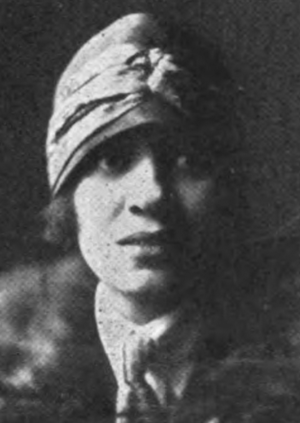Lillian Atkins Clark facts for kids
Lillian Atkins Clark (born April 29, 1897 – died March 28, 1934) was an important American physician. She made history as the first African American woman to pass a very important medical test. This test was given by the National Board of Medical Examiners. Dr. Clark worked as a doctor in Philadelphia, helping people in hospitals and at her own medical office.
Early Life and Education
Lillian Atkins was born in Richmond, Virginia. Her father, Dr. William E. Atkins, was also a physician. Her mother was Ida Binga Atkins. Lillian's family lived in Hampton, Virginia. Her grandfather, Anthony Binga Jr., was a well-known Baptist religious leader.
Lillian was a very good student. She received a scholarship to attend Shaw University. A scholarship is money given to a student to help them pay for their education. After Shaw University, she studied at the Woman's Medical College of Pennsylvania. She even won an award there for her knowledge of anatomy. Anatomy is the study of the body's structure. Lillian was also a member of the Delta Sigma Theta sorority.
Medical Career and Achievements
In 1924, Lillian Atkins passed the exam given by the National Board of Medical Examiners. This was a huge achievement. She was the first African American woman ever to pass this difficult national medical test.
After becoming a doctor, she worked at Frederick Douglass Memorial Hospital. She was the chief resident physician there. This means she was a senior doctor in charge of other doctors in training. Dr. Clark focused on helping women and children with their health. She also worked closely with Nathan Francis Mossell, who was the hospital's main medical director. In 1925, Dr. Clark opened her own medical office in North Philadelphia.
Personal Life and Legacy
Lillian Atkins married Hugh T. Clark in 1923. She became ill and passed away at the age of 36. She died in Hampton, Virginia, where she had moved to be with her mother. Dr. Clark was buried in Elmerton Cemetery. Her work as a physician helped many people. She also opened doors for other African American women in medicine.


